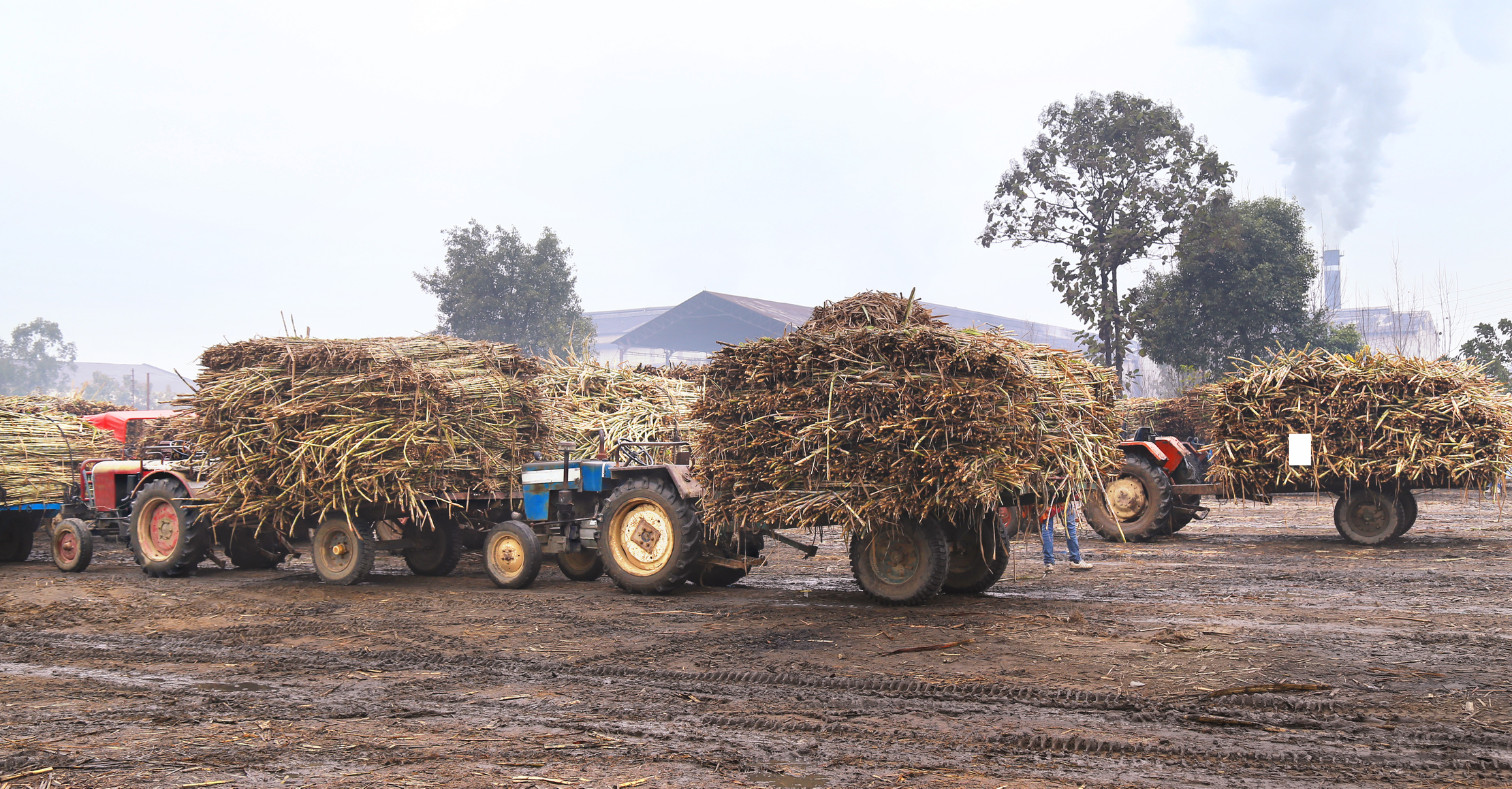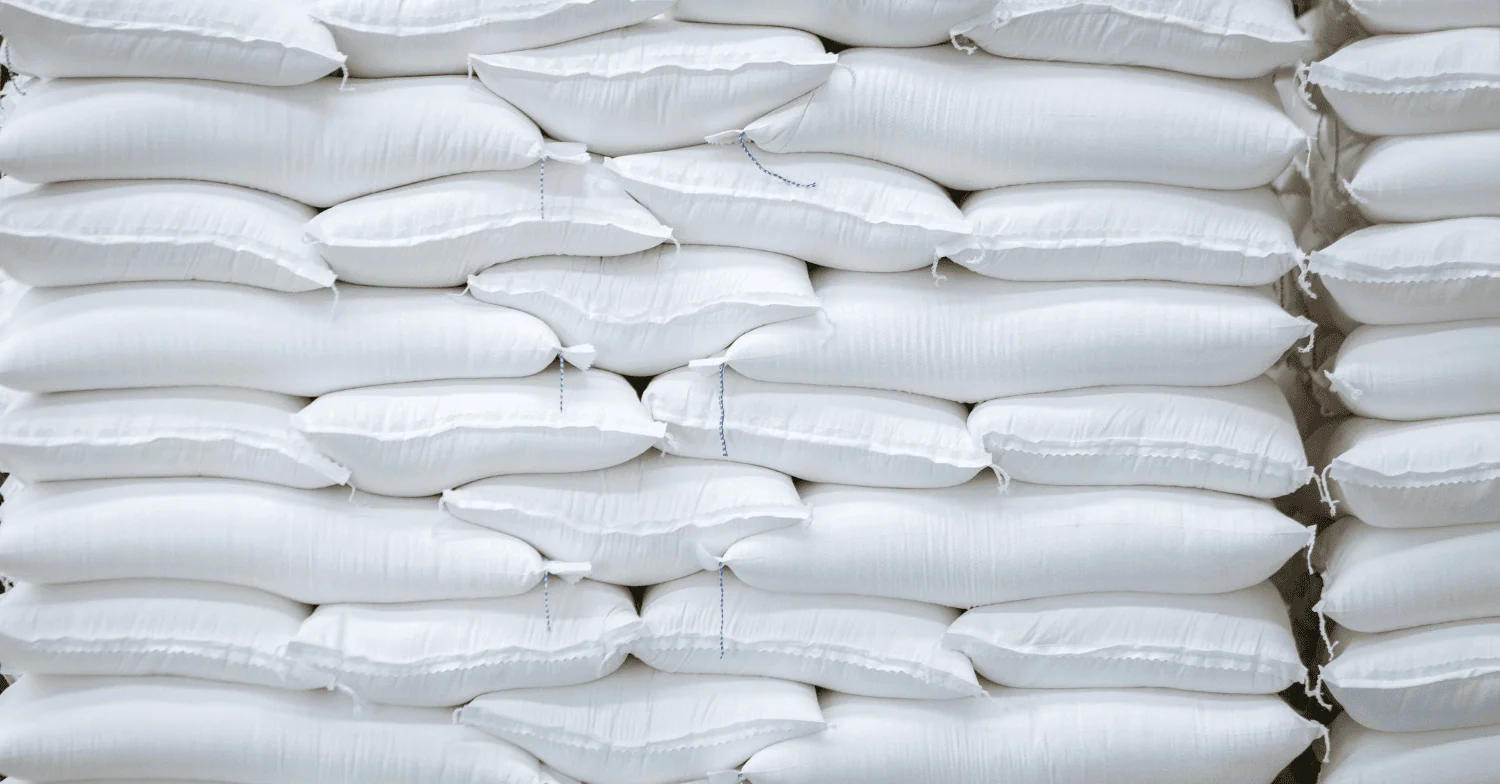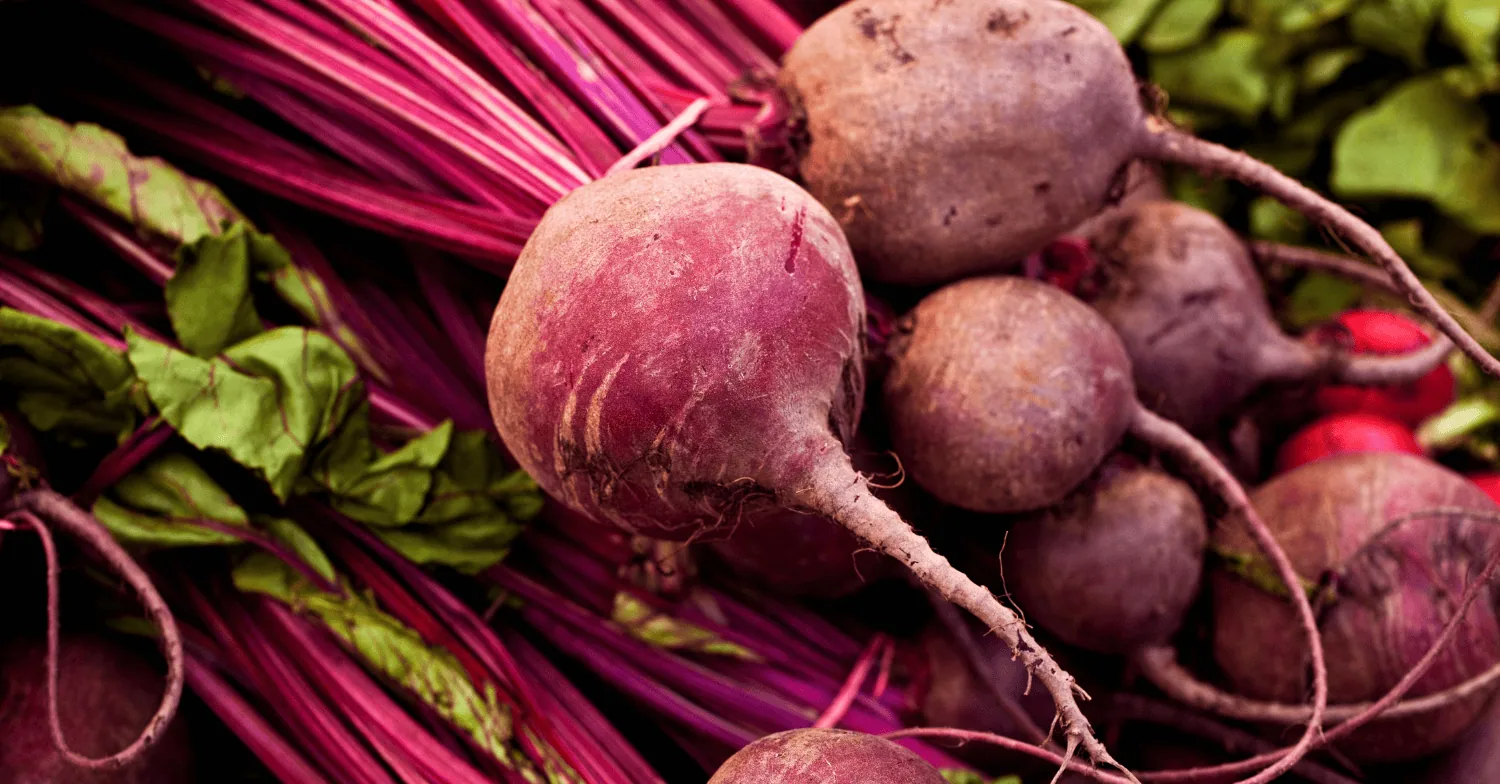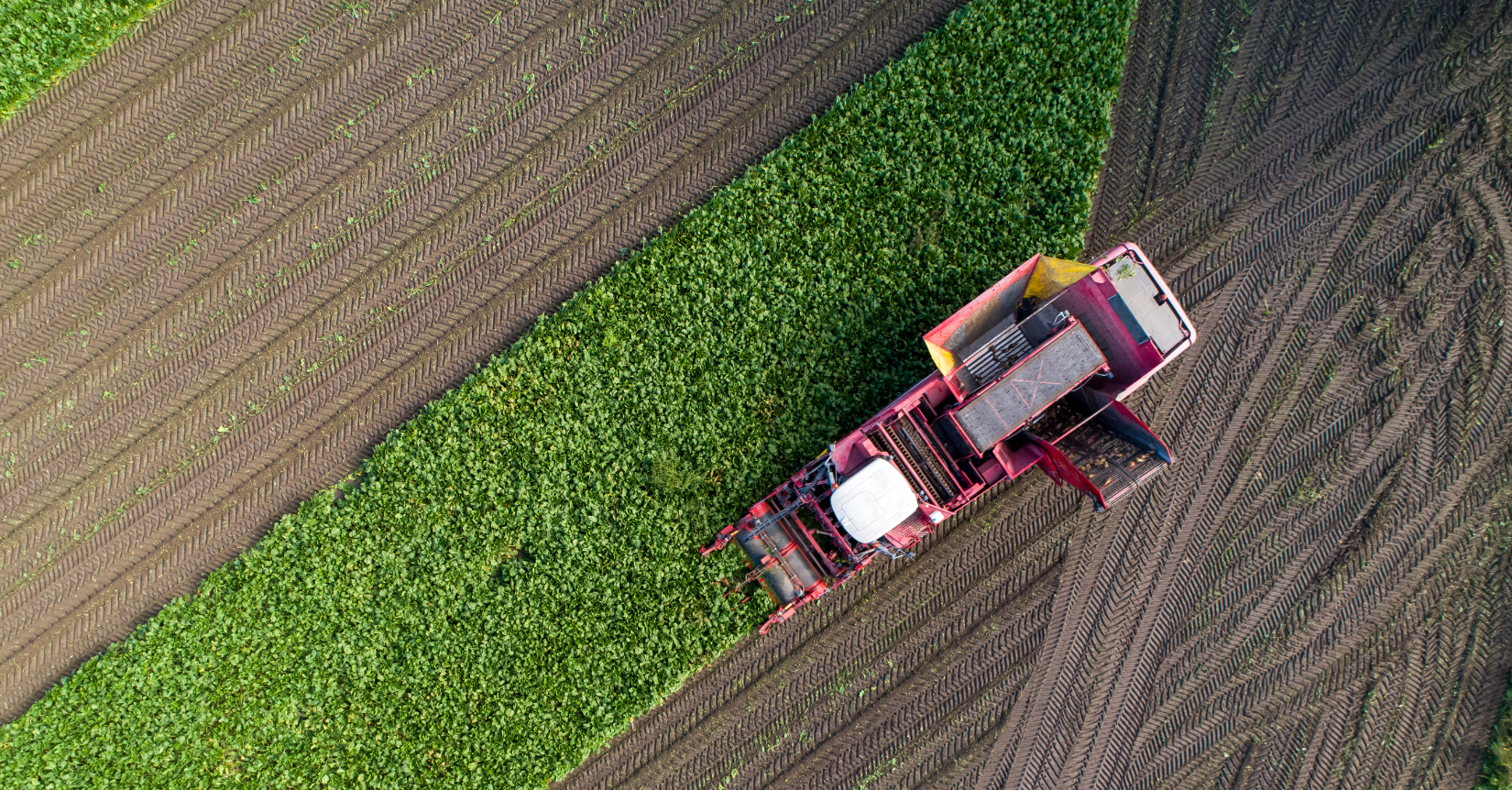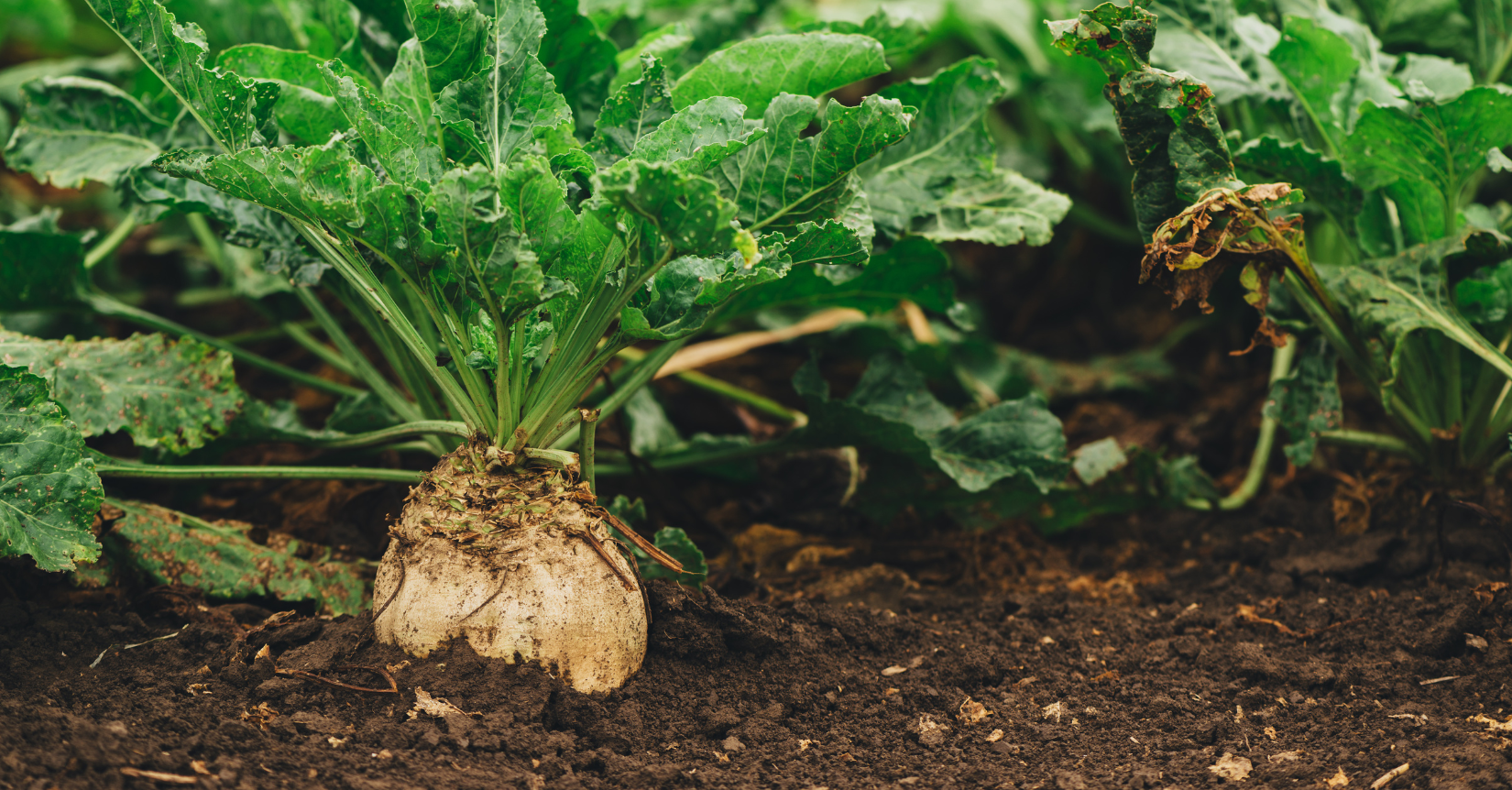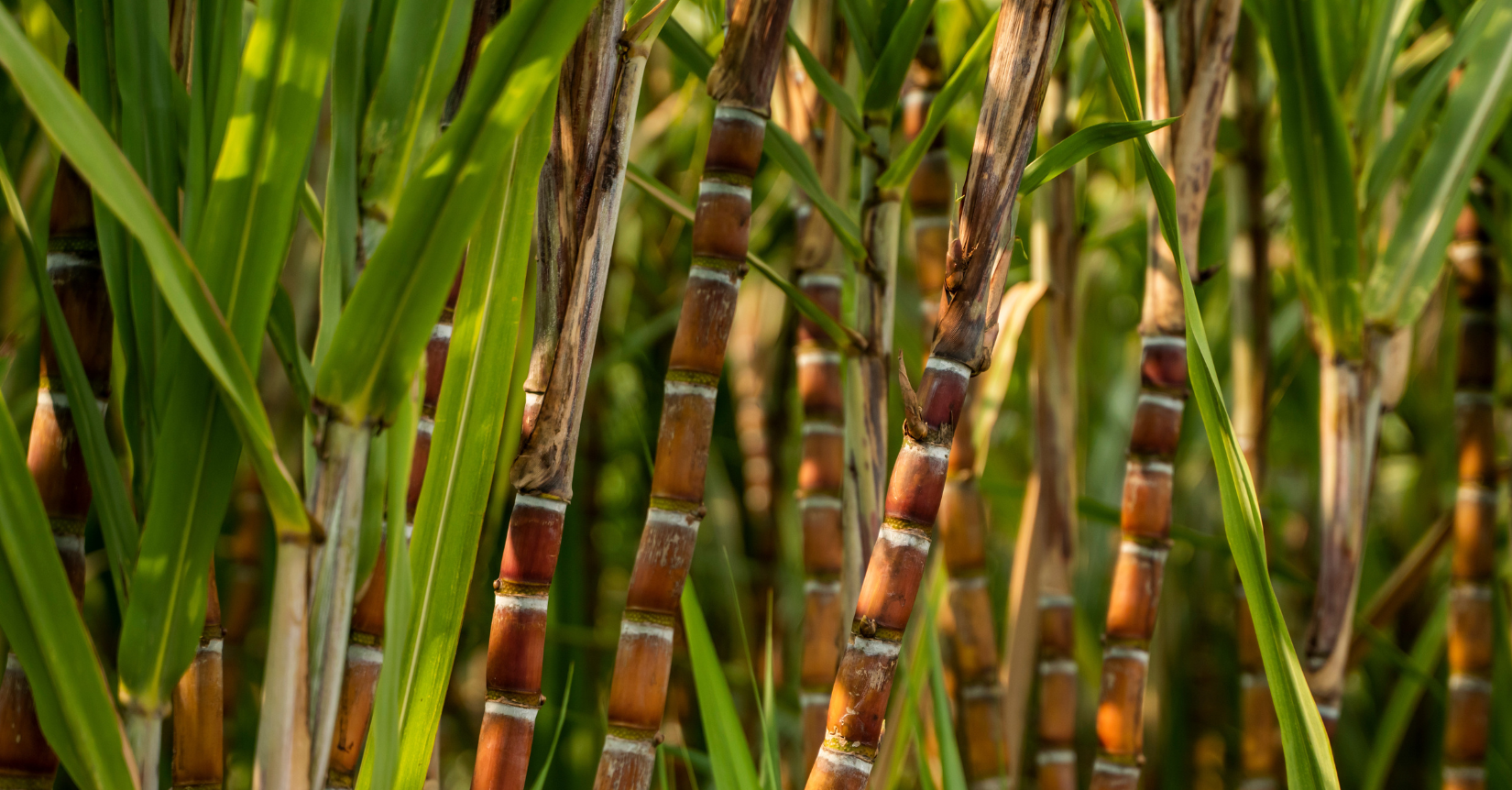Mills in Central-South Brazil have accelerated the pace of sugarcane milling due to predominantly dry weather, which is beneficial in the short term. These dry conditions, prevailing during the first half of May, have likely boosted sugar production and expedited sugar supply to the global market.
The increased sugar availability has exerted downward pressure on Raw Sugar (BR, Partner Price, FOB Santos), which fell to 433 USD/MT ($19.64/lb) as of 31/05/2024. This recent price decline has significantly boosted global demand. Major sugar-consuming countries, such as China, have increased imports following the price drop to a 1.5-year low, indicating a bullish demand trend.
Brazil’s sugar exports up to the fourth week of May reached 2.35 MMT, marking a 26% increase compared to the same period last year.
UNICA is expected to release the production numbers for the first half of May by the end of this week. The market anticipates a cane crush of 44.9-45.6 MMT, a Total Recoverable Sugar (TRS) of 126 kg/TC, and a sugar mix of 51%, which is 2.8 points higher than the same period last year. Sugar output is forecasted at 2.7 MMT, potentially 6% higher year-on-year, while ethanol production is expected to be 1.9 Mcbm.
However, if dry conditions persist, there are concerns about an earlier end to the 24/25 season, which could reduce sugar output. The forecasted light rainfall in northern Paraná and southwestern São Paulo is unlikely to significantly alleviate the ongoing drought.
So what’s to expect next?
In short to medium term, the Brazilian sugar market remains bearish due to high production in CS Brazil,
driven by favorable dry weather and strong exports. However, concerns are rising for the second half of
2024, as persistent dry conditions may negatively impact crop development, potentially leading to an
earlier end to the harvest season and reduced sugar output.
For more pricing info on the global sugar market, download our latest highlights for free.
